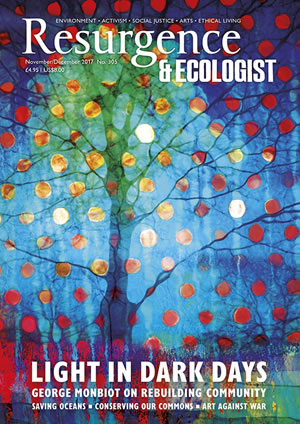In Greek and Roman times truffles were perceived as an aphrodisiac or as promoting euphoria. For some they were truly a food of the gods. Aristotle wrote of them as “a fruit consecrated to Aphrodite”. And through the ages since, they have been regarded as a precious source of vitality, especially in Italy, where records of a special relationship between humans and truffles has existed for thousands of years. Pope Gregory IV is said to have eaten truffles to give himself strength and protection before his battles in the 9th century.
Aficionados today see truffles as one of the most ecologically friendly forms of ‘farming’ that exist. Real truffles, such as the prized Tuber melanosporum, are highly sensitive to chemicals and will only grow well in truly organic earth.
But traditional veneration of these pungent fungi has degenerated in recent times. And in countries where there is no history of truffles, some view them as a fad food or a get-rich-fast vehicle. Little wonder, since at times – in 2006 for example – some truffles have sold for as a high a price as gold. This has led to the emergence of large-scale industrial truffle cultivation in countries such as Australia, New Zealand and China (which is flooding the world market with genetically modified and/or chemically saturated, industrially produced, ‘cheap’ fake truffles, sometimes passed off as their pure cousins).
In view of this, the need for a knowledgeable account of this precious heritage food and the traditional method of its cultivation has never been more pressing. This need is met in a unique, engaging and beautifully written book by the mountain writer Tamara J. Griffiths.
As its subtitle suggests, Oaks and the Apennines is far more than a book about truffle cultivation. It is an impassioned defence, and stunning description, of a fast-disappearing traditional way of life in the Sibillini Mountains of the central Apennines, Italy’s truffle heartland and an area that archaeological finds suggest was the first place of human habitation in what is today Italy.
As a regular contributor to the Huffington Post on mountain matters, and having completed a master’s degree in Sustainable Mountain Development at Scotland’s University of the Highlands and Islands, Griffiths is well qualified to write of the challenges faced by small-scale agriculturists such as truffle farmers, both in Italy and beyond. The southern English county of Wiltshire, she points out, was once the centre of a thriving truffle industry, and today truffles are found to grow spontaneously in Scotland. Independently of her book, Griffiths offers help to anyone interested in starting ecologically minded cultivation in the uplands of the UK, and she wonders if the Scots, or Americans in Vermont, for instance, could be the first ‘new’ producers who choose to become ethical and sustainable truffle cultivators.
With this in mind, the real strength and joy of Oaks and the Apennines lie in the writer’s personal experience of truffle cultivation. Having lived in the Sibillini Mountains for more than a decade, Griffiths undertook several years ago to plant on her own land there more than 600 seedling oak trees, the roots of which had been previously mycorrhized – or, put simply, impregnated with truffle spores – in a government-accredited nursery. Her account of this venture, threaded throughout the book, makes for compelling reading.
Given that the maturation of truffles can take many years and that myriad disasters can befall such plantations in the meantime, including, in the Sibillini Mountains, invasion by wild boar and porcupines, Griffiths describes her backbreaking venture as a form of Russian roulette. Its outcome is still unknown. But the signs are good. When, after years of careful nurturing, she presented a sample of her maturing tree roots for preliminary examination by an expert, she was asked if she had given any thought to security for her property. Such a cliffhanger ending leaves open the possibility, perhaps, of a sequel.






